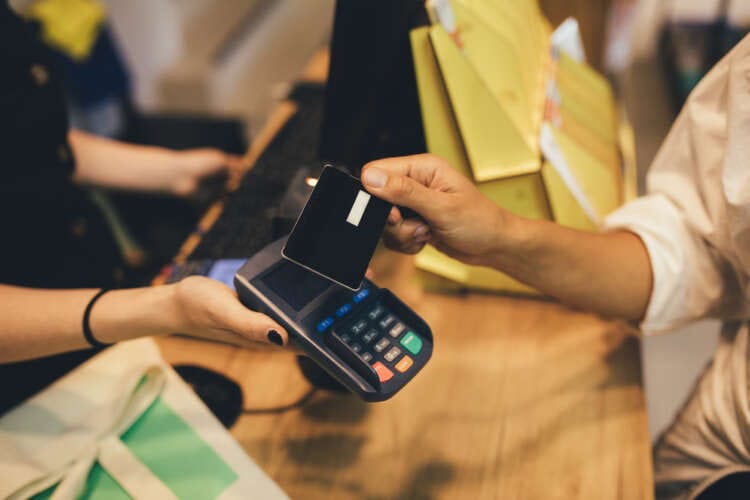
By Stacey ONeill, Managing Director, Nationwide Courier Services, https://nationwidecourierserviceltd.co.uk/
Contactless payments are a fairly new modern feature which involves the purchase of goods and services without the need for contact. From smartphone wallets to apple watches, gone are the days when you’re relying on a chip and pin. The convenience and simplicity of contactless payments have made it an easy way for customers to make purchases, reducing the need for cash and cards. As a result of the pandemic and hygiene being a huge priority for business, contactless interaction is a must-have and has plenty of room to grow over the next few years.
Methods of contactless payment
Cashless society
There’s a strong likely hood that you’ve noticed many small businesses or stores advertising the fact that they are cashless. This not only prepares customers for a contactless or digital payment but also makes finances a lot more traceable for companies. Cash is becoming less and less popular amongst customers and businesses and with so many new options available, the downsides of using cash is starting to show. But what are the benefits of this new cashless society?
- Convenience
- Prevents crime and theft
- Traceable
- Efficeincy for refunds and returns
- Hygeine benefits
- Reduces lose change
- Reduces the need for manual counting
Research has shown that the world is well on its way to a cashless society. Having coins or notes is becoming less frequent due to the inconvenience it causes and the fact that lose change is pretty much dead money. This concept is also relevant to modern day travelling and currency exchange. Most bank organisations now have their own private exchange rates and using your card or phone abroad has never been easier.
Smartphones
A recent study reported that 27% of small businesses have seen an increase in customers using their mobile phones or contactless cards to make purchases. Methods such as Apple pay or Google pay allow customers to make a purchase directly from their phone, storing their details in a digital wallet. As most people take their phones everywhere with them, this is one of the most convenient and simple ways for customers to make a purchase. Not only do you not have to worry about forgetting your card, but you also don’t need to enter a pin and all data is transferred straight to a mobile banking app. Let’s take a look at both the positives and negatives of using smartphone payments.
Positives
- Connects straight to a banking app to trace transactions
- Convenient
- Worksalongside barcodes and online purchases
Negatives
- Can be accessed by mobile hackers
- Exposed to public wifi
- Not spend limit
Stores and companies are also opting for digital wallets in terms of memberships cards or loyalty schemes. Smartphones store all these cards in one place, just like a physical wallet would do, making it much simpler for customers to collect points, pay for their purchase and have an online receipt.
Point-of-Sale Terminals
Point-of-sale (POS) systems are found nearly everywhere, allowing customers to swipe a card and process the payment in just a few seconds. These systems have been around for many years but are constantly needing to facilitate to new advancements such as Apple Pay. These devices allow customers many options when it comes to purchasing goods or services, equipped with a classic chip and pin, card swipe, contactless card payment and smartphone connection. These systems are still important as not every customer will have access to a smartphone or are vigilant about their spending habits.
Contactless delivery
Similar to contactless payment, contactless delivery has also become a common practise which many businesses now opt for. With so many advancements in parcel tracking, customer communication and health and safety, contactless dlivery offers many of the same benefits. With industries such as takeaway and food services these two process often come hand in hand, with either a payment being taken online or through a card machine and the parcel being left at a doorstep. With e-commerce and online shopping becoming such a huge feature, majority of transactions are taken through mobile apps or an internet browser and delivered directly to the customer, with imagery proof attached.
Contactless delivery benefits both the customer and supplier. Courier services save time rescheduling or waiting for customers and the customer gets their parcel when they expect, typically left in a safe place. This method, combined with contactless payments make for a swift, simple transaction where minimal human effort is required and reliable technology is used along the way.
The future
The future of contactless payments greatly depends on technological advancements as a whole. This method has seemed to move alongside device updates and mobile so predicting where it could go is almost impossible. There is a constant stream of updates year on year and businesses will have to support these updates for there to be an effect.


